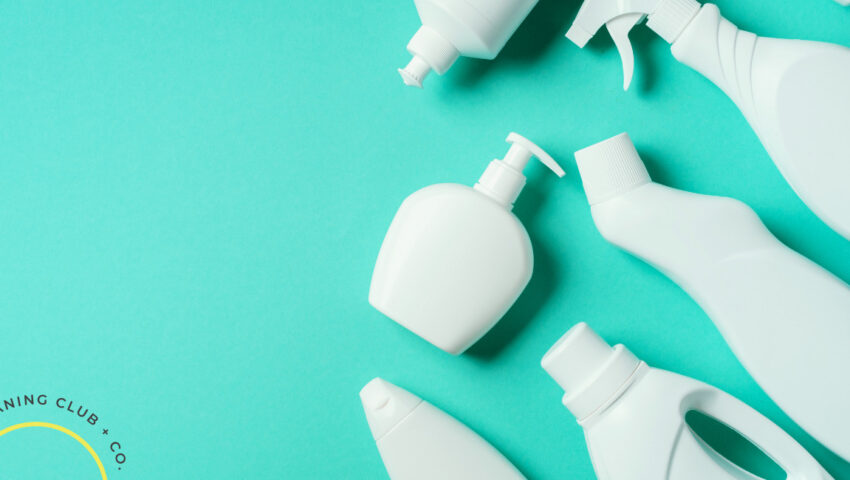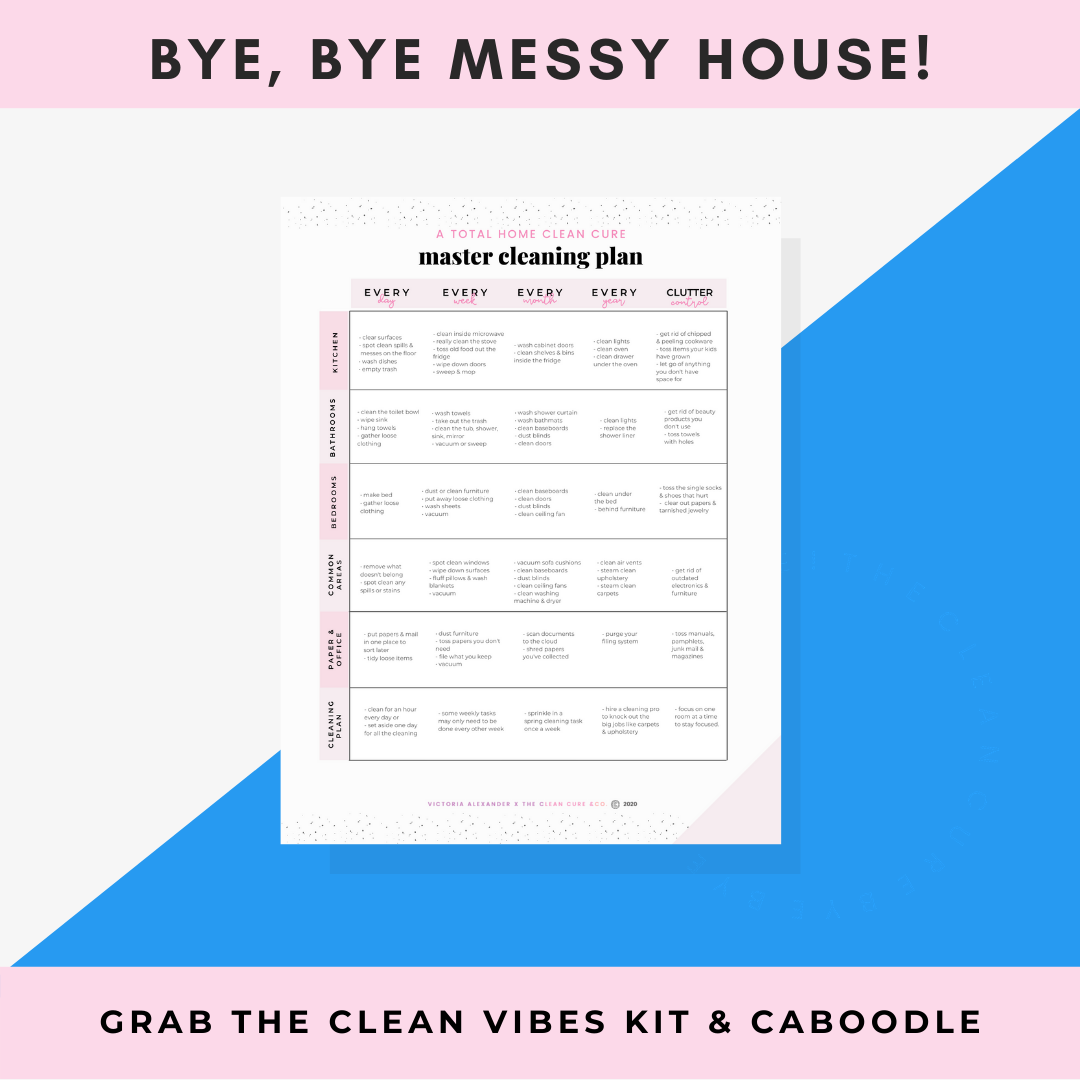
How to Use Lung-Safe Household Cleaners for a Happy, Healthy Home
Written by Victoria Alexander in Cleaning Products, Natural Cleaning Products
Toss out the cleaning products that make your eyes burn and lungs wheeze right now. Thanks to our friends at Asbestos.com, we have a refreshingly quick guide to help you clean your house without having to use toxic cleaning products.
When it comes to cleaning, everyone and every home has a different go-to method. From dusting “top down” to daily cleans to annual garage sales after a big spring clean, there’s no “right” way to clean. Your cleaning preferences all boil down to what works best for you, your schedule, and your surroundings to create a clean, healthy, stress-free environment in your home.
However, finding a cleaning routine may prove more challenging than usual for those with lung or respiratory conditions like asthma or COPD. Many household cleaners are created with harsh chemicals that have the possibility to trigger or exacerbate symptoms of asthma or COPD. This can then make cleaning harmful or potentially even dangerous, which is just about the opposite of what you want in a clean, healthy home.
Some of these potentially dangerous chemicals include:
- Aerosol sprays
- Air fresheners
- Ammonia
- Bleach
- Oven cleaners
- Rug cleaners
It’s recommended to steer clear of household cleaners that use any of these ingredients. After seeing this list you may be wondering — how am I supposed to find a cleaner that doesn’t use these ingredients but gets the cleaning job done?
The answer is easy: DIY household cleaners that are easy on the lungs but still effective for disinfecting and ensuring your home is clean and healthy. DIY household cleaner recipes can usually be all created using ingredients you likely have in your pantry or fridge, such as white vinegar, baking soda, salt, and lemons.

Source: The Mesothelioma Center at Asbestos.com
Here are some tips on lung-safe cleaning so that you protect yourself while still doing some serious cleaning.
1. Opt for unscented products
Though they’re pleasing to the nose (and help disguise the smell of unwashed laundry or dirty dishes), cleaning products that use scents are often linked to headaches and exacerbating the symptoms of lung conditions like COPD or asthma. These scents could cause dizziness, shortness of breath, or worsened asthma — so it’s recommended that you skip the cleaners that smell of fresh linen or tropical breezes.
You may also want to read a post I wrote called How to make your home small amazing – without toxic chemicals!
2. Wear a face mask when cleaning with chemicals
Chemicals like bleach are found in many household cleaners, usually for the bathroom and other dirty, high-touch surfaces. While these cleaners may do a great job of getting rid of germs on high-contact areas like toilets, counters, bathtubs, and sinks, they could be dangerous to breathe in, especially if you’re cleaning an area without proper ventilation or a window. Grab a face mask (or bandana) before you start cleaning to ensure you can breathe properly and without inhaling any potentially harmful fumes.
3. Prevent mold growth
Mold can make breathing much harder, especially for those with moderate to severe asthma. To control mold and moisture levels in your home, try spritzing straight vinegar onto your walls and let air dry. Vinegar has been known to be a quick DIY solution to control mold growth and prevent the spread of mold spores. It’s recommended to invest in a dehumidifier and keep fans on when showering or cooking to prevent the development of mold in the first place.
4. De-clutter and dust frequently
It may be tempting, but it’s important to not save spring cleaning for once a year. Make it a monthly or even daily habit to clear your shelves of any knick-knacks or items gathering dust, especially if you’re highly sensitive to dust mites. They may be sentimental, but small items like snowglobes can gather dust quickly — so ensure you’re regularly cleaning and dusting these areas to keep dust from triggering any lung conditions.
5. Clean in well-ventilated areas
Open those windows! It’s always important to clean in well-ventilated areas with decent airflow, if possible — like a room with a big window or open doors. This is especially important if you’re cleaning with chemicals, as they can create potentially toxic fumes if not aired out or ventilated. If available, open all doors and windows to control airflow out of the room you’re cleaning. Bring a fan or air purifier if windows or doors aren’t an option.
Check out the below visual from Absestos.com for even more lung-healthy deep cleaning tips, along with recipes to create your very own lung-safe cleaning products following the above suggestions.
Good things are meant to be shared! Save this to your Pinterest account so you can actually find it later and so others can see you’ve got all the good stuff!


